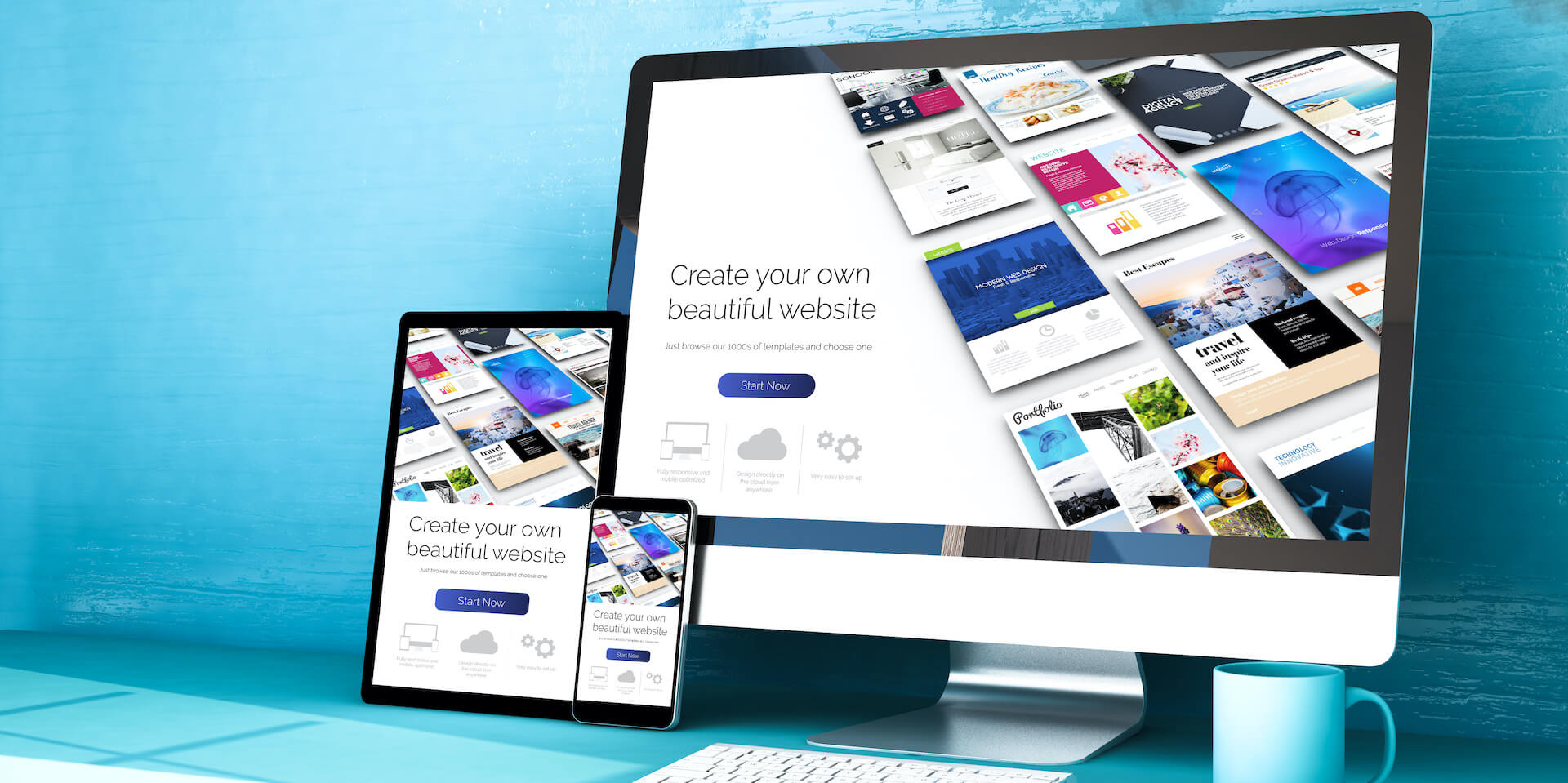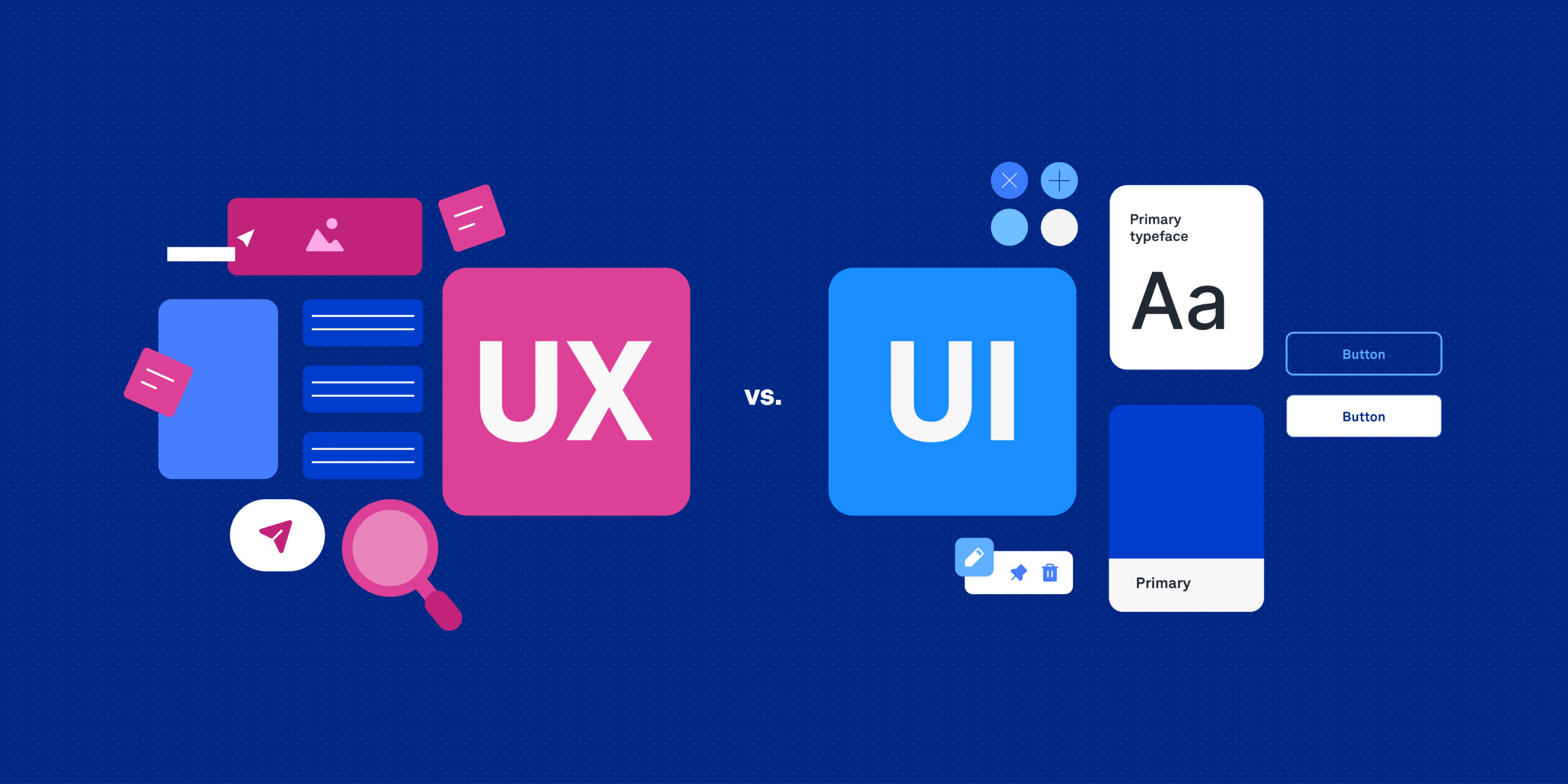Web design has evolved rapidly over the last three decades. With powerful tools like HTML5, CSS3, and frameworks becoming mainstream, the modern web experience is more innovative and efficient than ever. Despite these advancements, web design remains a communication tool—its primary role is to connect users with information, services, or products, whether for personal or business purposes.
In the early days, web design was constrained to boxy, table-based layouts and only a few browsers like Netscape Navigator and Internet Explorer. CSS, though introduced in 1996, didn’t gain practical traction until years later. The rise of HTML5 and CSS3 empowered developers with tools like media queries, which became essential during the mobile revolution. Responsive web design, introduced by Ethan Marcotte in 2010, defined how a website adjusts based on screen size, orientation, and device type. Though transformative, responsive design didn’t solve every challenge.
The Purpose Behind Web Design
Good web design isn’t just visual; it should deliver purpose, clarity, and usability. A successful design communicates effectively, aligns with business goals, and enhances the user journey.
For example, an e-commerce store must help users locate products quickly through intuitive categories and navigation.
Key goals every designer should focus on include:
Increase Revenue: Design should guide users toward action—purchases, subscriptions, or engagement.
Improve SEO: Page speed, markup structure, and responsive layouts influence search engine rankings.
Build a Strong Brand: A distinct visual identity builds trust and recognition.
Streamline Experience: Automate and simplify user actions like search, navigation, and account access.
What Makes Web Design So Challenging?
Design consistency across platforms is one of the toughest challenges. A layout that works on one device may fail on another due to resolution differences, browser behavior, and user settings. Let’s explore the most pressing challenges and their solutions.
1. Designing Responsive Websites
More than half of all web traffic now comes from mobile devices. Designing separate versions for each screen size is inefficient.
Solution: Use fluid grids, responsive images, and CSS layout systems like Flexbox or Grid. Media queries let you customize styles for different viewports. This adaptive approach offers more control and reduces layout breakpoints.
2. Ensuring Cross-Browser Compatibility
Browsers interpret code differently. A feature supported in Chrome might break in Firefox or Safari.
Solution: Use CSS resets and vendor prefixes for emerging features. Tools like CanIUse.com help verify browser support. Always test your website in multiple browsers before launch to catch inconsistencies early.
3. Improving Load Time and Website Performance
Slow websites drive users away and hurt SEO. Nearly 40% of users will leave a page that takes more than three seconds to load.
Solution:
- Use high-performance hosting.
- Compress images and assets.
- Use a Content Delivery Network (CDN).
- Minify HTML, CSS, and JavaScript.
- Remove unused code and redundant files.
These practices reduce page weight and improve responsiveness.
4. Balancing UI and UX Effectively
UI (User Interface) shapes the visual layout; UX (User Experience) defines how users interact with it. Both must work in harmony.
Solution: Create a style guide covering elements like color, typography, and button behavior. Design prototypes in tools like Figma or Adobe XD. Keep UX writing clear and actionable to guide users through intended flows.
5. Building Secure Websites
Security is essential but often overlooked in design. Threats like SQL injections and data leaks can cause major damage.
Solution:
- Follow secure coding standards.
- Use HTTPS and data encryption.
- Protect access points with authentication protocols.
- Stay updated with known threats (e.g., OWASP Top 10).
Designing with security in mind protects users and your business.
Conclusion
Modern web design combines aesthetics with functionality. Challenges such as responsiveness, speed, compatibility, and security require careful planning and the use of up-to-date tools and methods. By addressing these issues head-on, you can build websites that perform well, look great, and provide real value to users.





